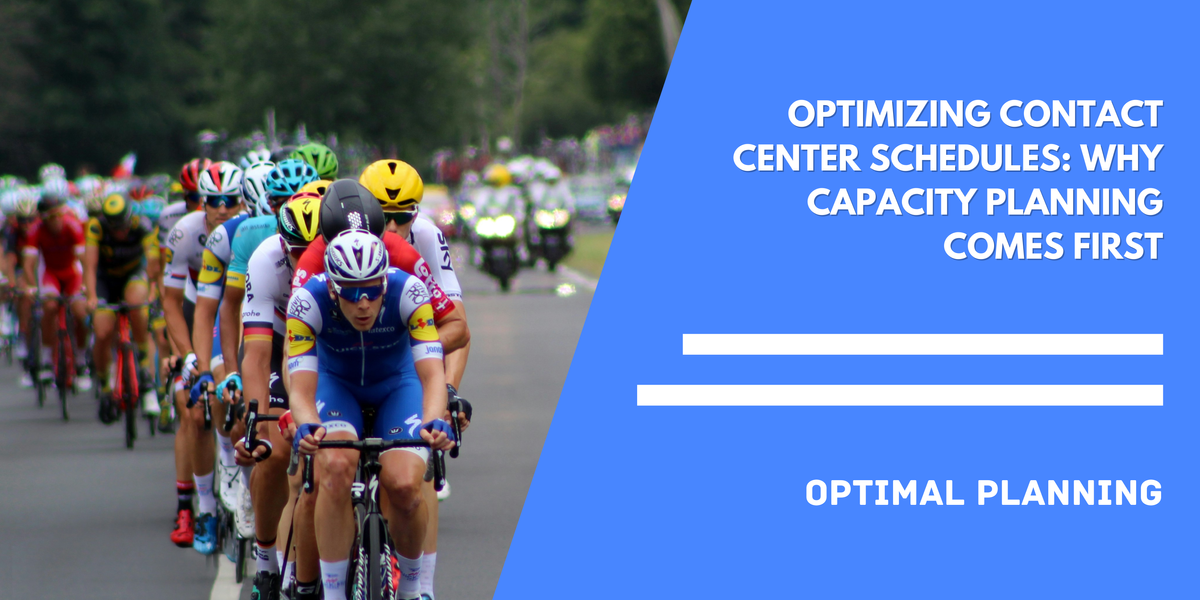Optimizing Contact Center Schedules: Why Capacity Planning Comes First

Before optimizing schedules in smaller contact centers, it's crucial to address several key questions concerning capacity challenges, which often arise from misalignments between associate supply and workload curves. Operational leaders frequently suspect incorrect scheduling as the root cause of these challenges. However, the fundamental question remains: How many associates are needed to manage both current and projected workloads? Failing to address this before tweaking schedules is akin to driving a car aimlessly without a destination.
Capacity planning forces us to confront essential questions about contact center operations, such as:
1. What is the baseline productivity rate?
2. Given this rate, what is the shortfall in full-time equivalents (FTEs) needed?
3. If capacity is insufficient, can improvements be made to baseline productivity rates to create additional capacity?
- Average Handling Time (AHT)
- Out of Office Shrinkage
- In Office Shrinkage
- Attrition Rate
4. If capacity is still lacking, what demand levers can be pulled to create slack in the system?
- Volume throttling
- Response time throttling
5. After improving productivity rates and implementing demand throttling, how many additional associates will be needed? What is the hiring timeline for these associates, including the full onboarding process and ramp-up to productivity levels comparable to existing associates?
Answering these questions allows us to pinpoint the correct number of frontline associates needed, setting the stage for effective schedule optimization. This underscores why the first Workforce Management (WFM) hire at a contact center should be an experienced professional skilled in both capacity planning and scheduling. Even if budget constraints limit hiring a full-time experienced WFM professional, contracting this work out to a part-time expert can be beneficial. Although more costly initially, this approach strategically positions the contact center for long-term benefits.